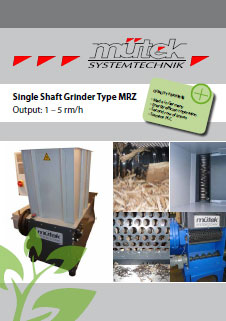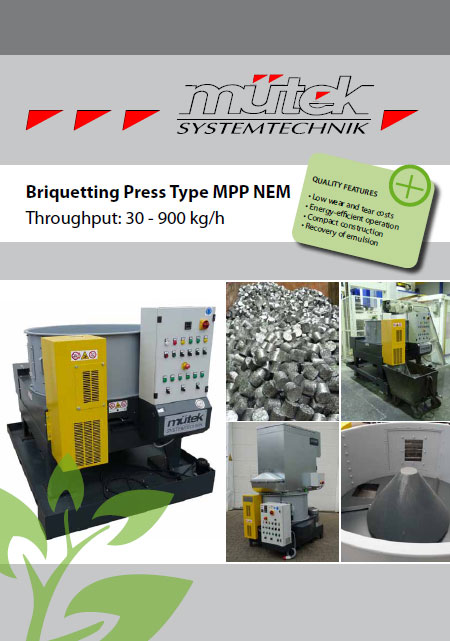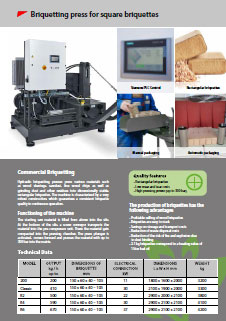Energy from leaves
Shredding of foliage | Briquetting of foliage
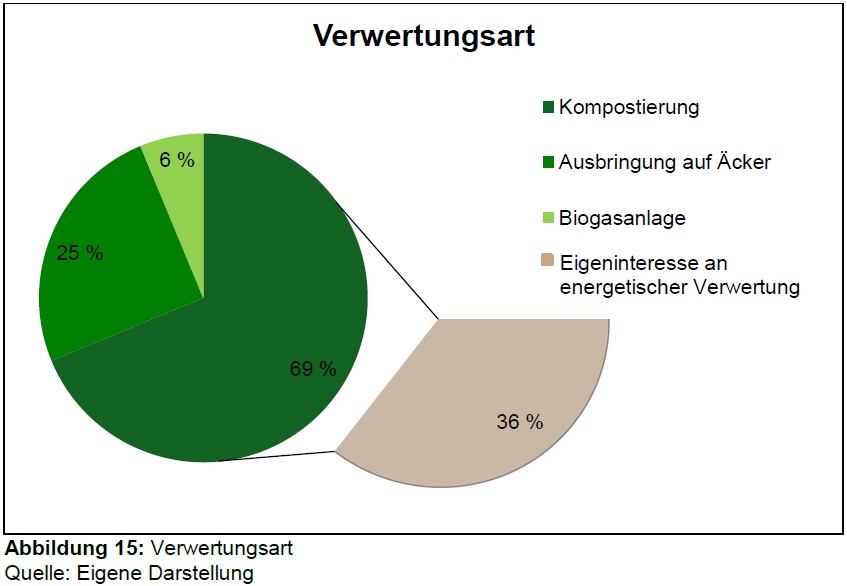
- Leaf concentration, collection and transport
- Storage of foliage
- Cleaning foliage
- Drying leaves
- Shredding of foliage
- Compaction and briquetting of foliage
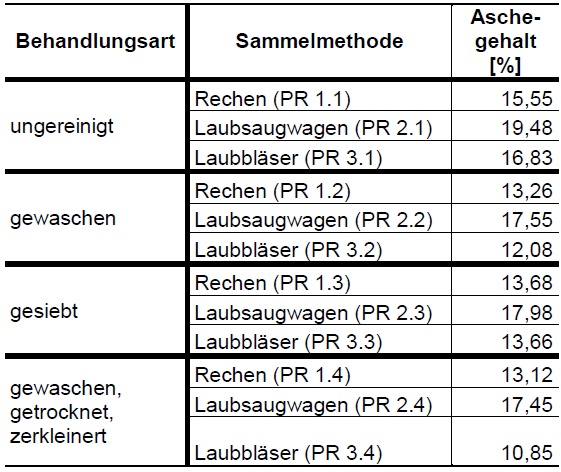
Results:
The ash content analysis suggest that untreated foliage leads to a shorter service life of the spare parts when used for energy recovery in form of briquetting than washed, sieved or additionally dried and crushed leaves. By washing the foliage, a slightly higher ash content reduction could be achieved than by sieving. Whether and if so which of the two processes has to be applied in the practice of briquetting foliage needs to be evaluated. If a sieving step is carried out, the strainer may be prevented from being clogged by means of prior shredding. If the ratio between the ash content changes and the energy requirement for drying in the washing process is better than in the screening process, then the washing process is preferred. Although further questions such as the disposal or treatment of the contaminated wash water are to be clarified. Both during washing and sieving, slight leaf losses are to be expected, which could be fed back into the process via a further separation. The moisture content and thus the cohesion of the briquettes can be controlled by drying. The shredding contributes to the raw material homogeneity. The type of collection with which the foliage is collected and the collection cycle have an influence on the ash content. It has been shown here that the methods of the foliage blower and the rake bring about comparatively small impurities, whereby the lowest ash contents could be achieved overall in the foliage blower. Thus the service life of the wear-related spare parts is the longest in theory. This method is now state of the art in the municipalities and is also used most frequently according to the survey carried out. The following process chain, which can be applied in practice, thus results purely from the smallest possible ash content or wear.
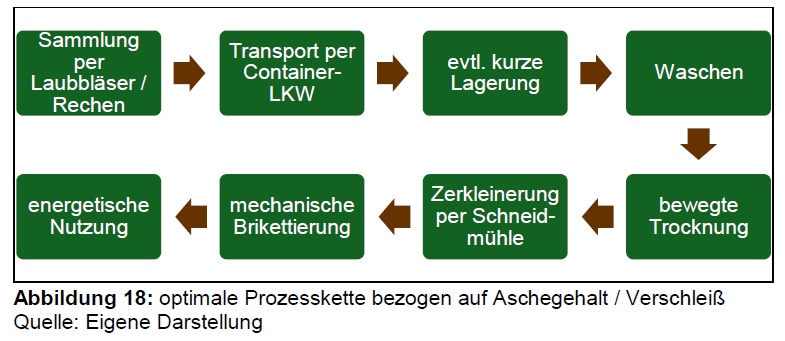
Drying must in any case be carried out in order to destroy possible moisture and ensure uniform drying for example by means of a belt dryer which has a low energy requirement. In order to improve the energy balance, if possible, waste heat from industrial plants should be used. In order to achieve the correct grain size for the briquetting, shredding is necessary, also due to the different bending strengths of the foliage species. A cutting mill is more suitable here than a single-shaft shredder. Finally, in the process chain, the possibility of recycling the ashes should be considered to close the cycle and to return nutrients for new biomass or foliage into the soil. Through the briquetting of the foliage, this could still lose its waste status and become a valuable material, which however depends on a legal decision. Further communal biomass such as fruit trees or landscaping material could be developed, while at the same time ensuring a year-round utilization and profitability of the machines. Furthermore, the possibility of pressing bales, storage, drying and subsequent burning of foliage without the intermediate step of washing should be examined more closely.
Shredding of foliage
Briquetting of foliage
The pressing process takes place without the addition of binders
Briquette shape: cylindrical or rectangular
Moisture content max. 18% ATRO
Transport of foliage
Foliage can be transported with conveyor belts, screw conveyor as well as with air. In practice, the concept of using the fan installed in the post-shredding machine to transport the foliage has succeeded. When briquettes are produced, the briquetting press is supplemented by an attachment filter. In this way the leaf granulate can be blown directly into the silo of the briquette press.



